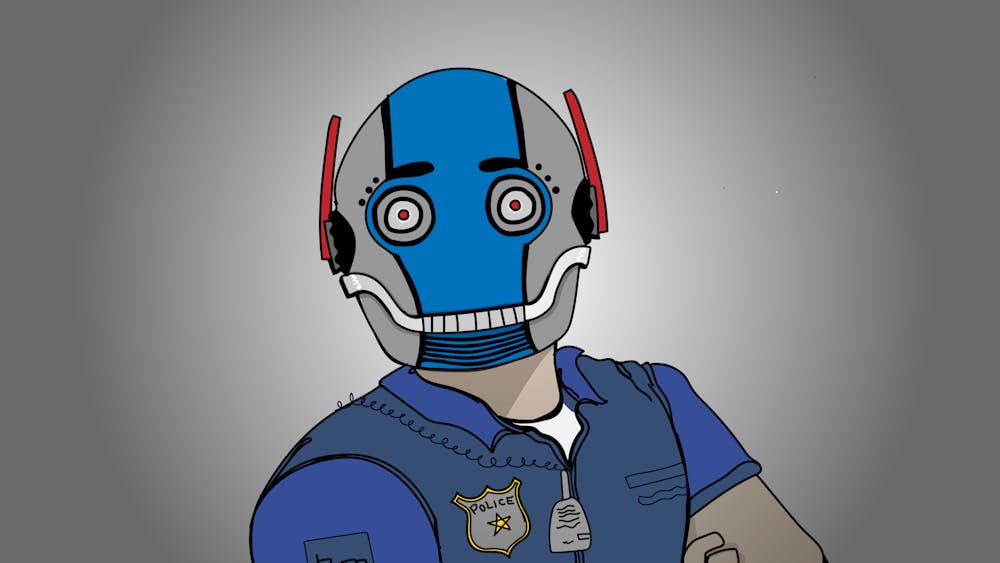Congress is now less popular than lice, cockroaches and Nickelback. It truly is a dark time for our democracy.
Watching Congress fail to compromise on the debt ceiling, fiscal cliff and a host of other issues has caused many Americans to become disillusioned with the way Congress works, and understandably so.
In the last 10 years Congress’ approval has plummeted, hitting an all-time low at the end of last year.
The reason our lawmakers in Washington, D.C., cannot seem to compromise and have, therefore, become less popular than pests and shallow pop-rock is due to hyperpolarization. Polarization is the separation of politics into liberal and conservative camps, and this phenomenon has led to the erosion of competitive “swing” districts in the House of Representatives.
For example, in 1992 there were 103 districts that could be considered swing seats, whereas there are now only 35.
Indiana’s 9th District, the one in which Bloomington is located, is part of the problem. The 9th District was deemed the third most competitive congressional district in the country in 2010, but has now become a relatively safe seat for the Republican Party.
What changed in Indiana between 2010 and now? The 2010 Census and subsequent congressional redistricting in 2011 by the Indiana legislature are the culprits for the loss of one of the most competitive districts in the country.
While redistricting and gerrymandering do not completely explain the hyperpolarization that has occurred all over the country, they do explain the polarization of Indiana’s 9th District.
For example, the Republican-controlled legislature drew all of Johnson County into the new 9th district, when in the old district it was split into three different Congressional districts. To put the significance of this into perspective, in the Congressional election of 2012, Johnson county accounted for the most number of votes delivered by any county in the district and had the second largest margin of victory for the incumbent, going 69 percent for Representative Todd Young.
This is not a Republican problem or a Democratic problem, but a structural problem. Allowing partisan political bodies such as the Indiana State House to decide how Congressional districts will be drawn is the very definition of a conflict of interest. Currently, nine states have a system in which independent, bipartisan commissions have the primary responsibility of drawing up political districts.
A variety of states, including California and Idaho, have determined this is the smart, fair and — most importantly — democratic way of drawing up districts after a census. If Indiana and the more than two dozen states that have purely legislative-based redistricting rules want the American people to respect Congress a little more, they should adopt a system in which third-party observers set the rules, not the ones playing the game.
Next time you see a cockroach crawling across your floor, or worse yet, hear the song “Rockstar,” remember that more Americans approve of that than they do of our institutional embodiment of democracy — and our Congressional district is partly to blame.
— samblatt@indiana.edu
Gerrymandering and polarization in Congress
Get stories like this in your inbox
Subscribe





